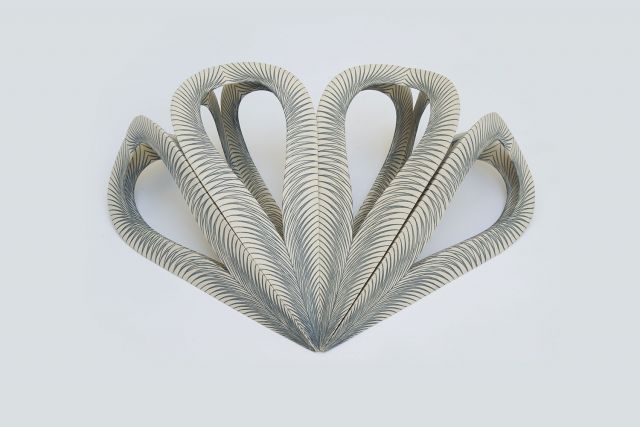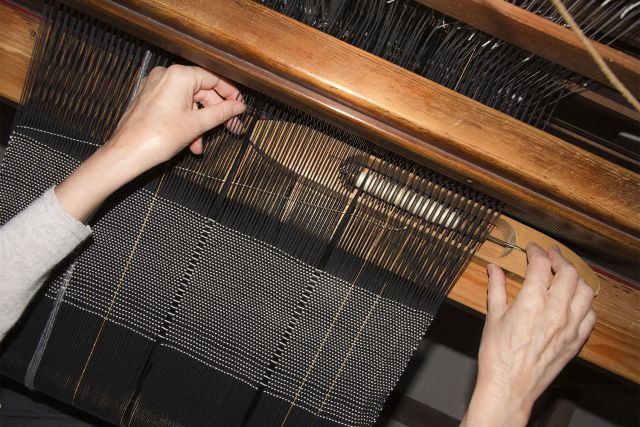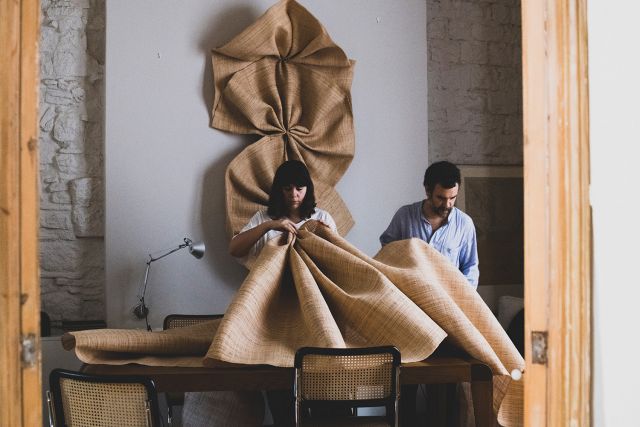This kind of binding, mostly used for accounts and ledger books, was widely used in Europe between the 16th and 18th centuries. In this case, it is a replica for the restoration of a 17th century book that had fully lost its original binding.
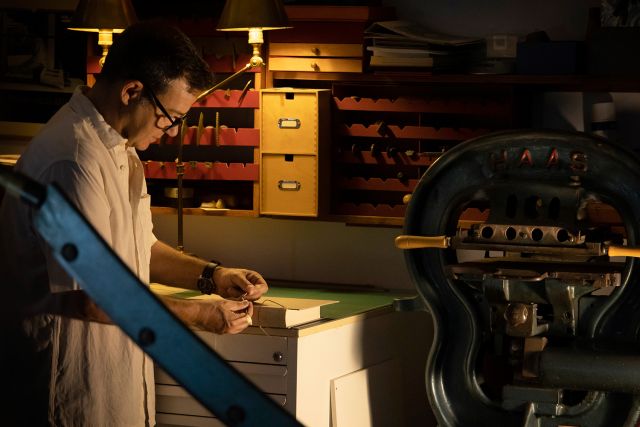
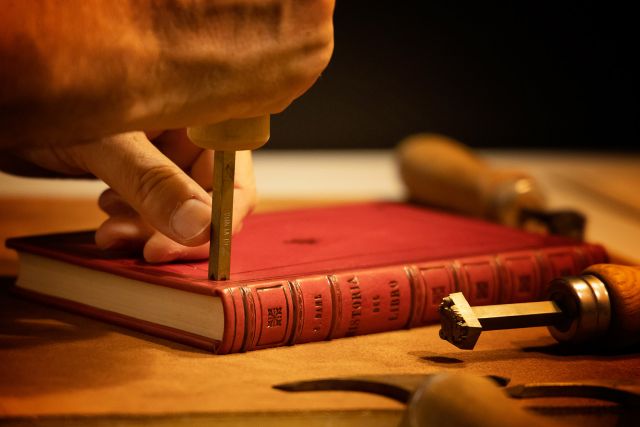
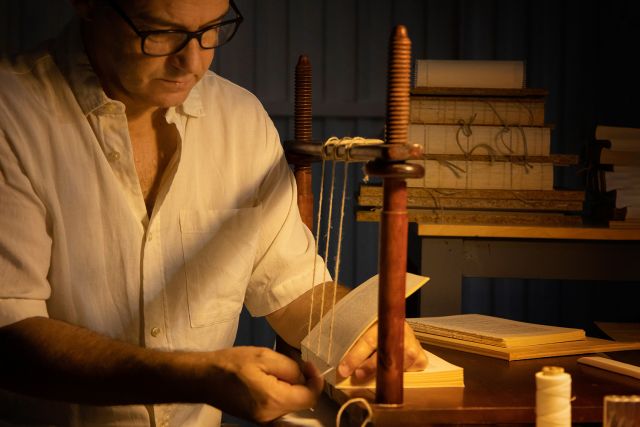
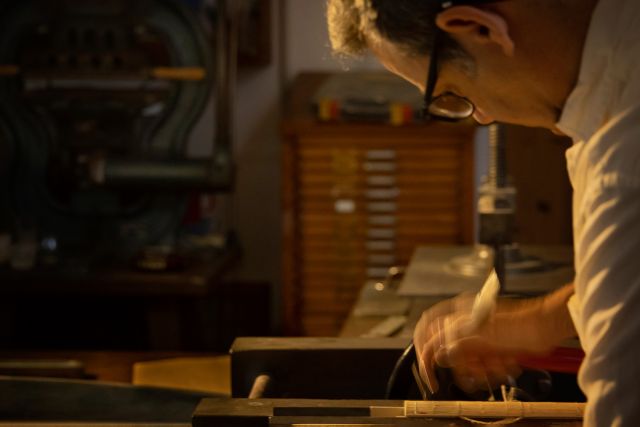
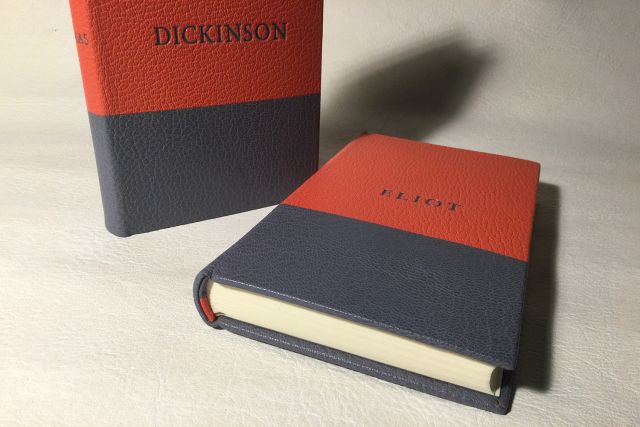
Andrés Alés
- RESLIBRI
- Bookbinder
- Seville, Spain
- Master Artisan
By appointment only
+34 693403627
The tailor of books
- • Andrés learned his craft in the family workshop
- • He claims to think with his hands
- • He is an avid reader
Andrés Alés learnt the basics of bookbinding from his father, in whose workshop he trained from 1977 to 1987. During this time, Andrés went through all the different stages of training in a traditional craft: apprentice first, journeyman second, and finally master bookbinder. To this he added a university degree in classical philology. Andrés says he also discovered the beauty of restoration during this time. “On one hand I have the necessary background and on the other I have the artisan's caress and touch, which is the love that a piece needs to receive in order to stand out.” As a book lover, Andrés cites reading as a key source of inspiration. To him, diving into multiple realities creates a deep bond with the content, which he then binds with his hands, dressing books as a tailor dresses people.
Read the full interviewWorks
Photo: ©Andres Ales

Photo: ©Andres Ales
This volume of The Vanishing Race is bound in a full leather binding with goatskin leather, gold tooling and handpainted paper. It comes with a matching case.

Photo: ©Andres Ales
This is a photo album bound in full leather Bradel binding. It is decorated with blind tooling and silk headbands embroidered by hand. There is a matching case to go with it.

Photo: ©Andres Ales
This is a modern binding for a facsimile edition of Dante's Divine Comedy. The binding combines blind and gold tooling. Its headbands were embroidered with silk threads in two colours. It has a case made with the same calf leather and burlap.

Photo: ©Andres Ales
This is a replica of 16th century binding for a museum exhibition. Boards of cedar are covered with hand tanned calfskin leather. The spine is made with authentic bands and brass clasps secure the text block. The inner body is made of handmade paper from Capellades Paper Mill, according to the Renaissance technique.





